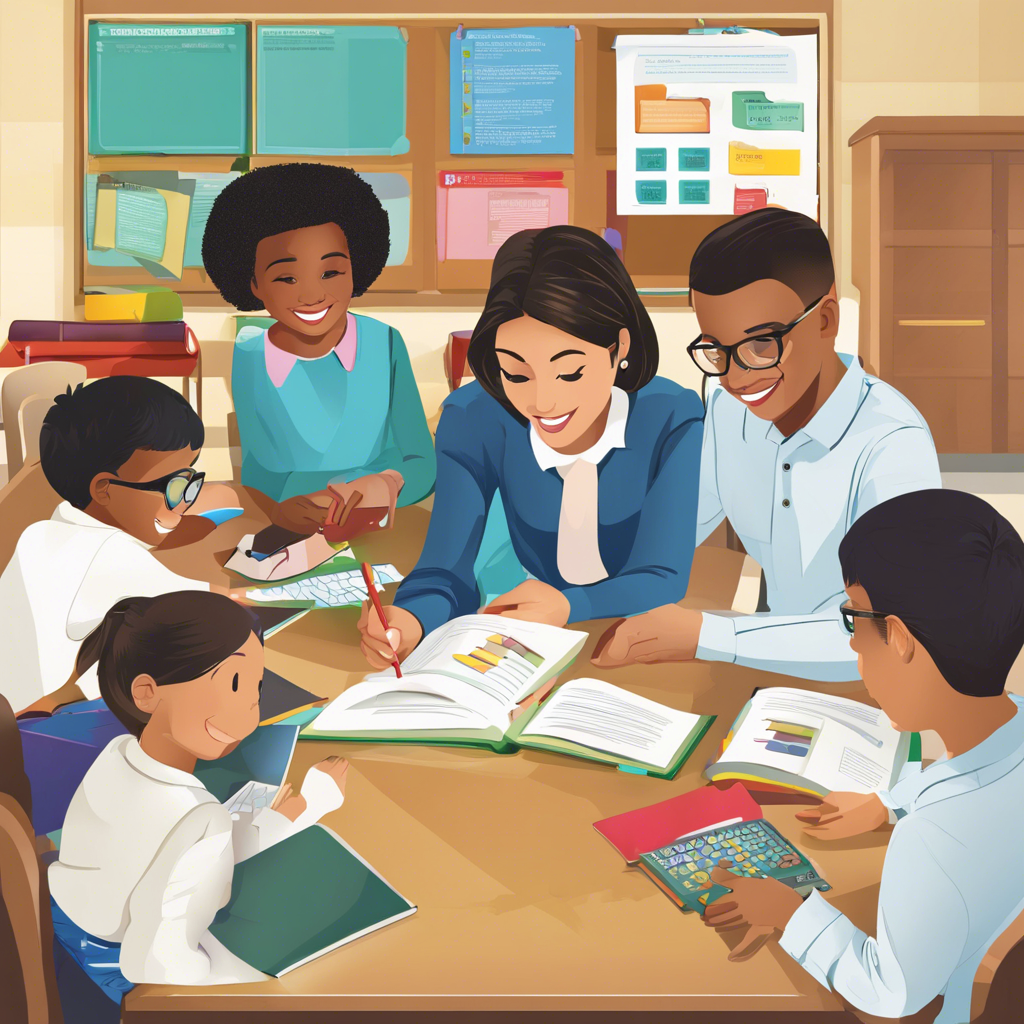Personalized learning plans transform special education, improving outcomes. Discover their power and benefits in this insightful article.
Special education is an essential component of the education system, catering to the unique needs of students with disabilities. One innovative approach that has gained significant traction in recent years is the implementation of personalized learning plans. These plans aim to tailor educational strategies to the individual requirements of each student, fostering an inclusive and supportive learning environment. In this article, we will delve into the effectiveness of personalized learning plans, exploring their impact on student engagement, academic achievement, and overall success in special education settings.
## Unlocking Potential: The Power of Personalized Learning Plans
In special education, a one-size-fits-all approach rarely yields optimal results. Personalized learning plans (PLPs) emerge as a transformative strategy, recognizing and addressing the diverse needs of students with disabilities.
### Understanding Personalized Learning Plans
PLPs serve as comprehensive roadmaps, meticulously designed to align with each student’s unique learning goals and preferences. They involve a collaborative effort between educators, students, and often their families. This collaborative process ensures that PLPs accurately reflect the student’s strengths, challenges, and aspirations.
To gain a deeper understanding of PLPs, consider the following components that typically comprise them:
– **Individualized Instruction**: Tailoring teaching methods and materials to the student’s learning style and abilities.
– **Specific Learning Objectives**: Setting measurable and achievable goals, ensuring progress is tangible and celebrated.
– **Adaptability**: Regularly assessing and adjusting the plan based on the student’s evolving needs.
– **Parental Involvement**: Engaging parents as active participants in the educational journey.
Benefits of Personalized Learning Plans in Special Education
1. Enhanced Student Engagement
PLPs foster a sense of ownership and motivation among students. When they actively participate in setting their learning objectives, they are more likely to feel invested in their education. This involvement often translates to increased attendance, improved behavior, and a deeper commitment to learning.
2. Improved Academic Performance
Research suggests that PLPs can lead to significant academic gains for students with disabilities. By focusing on individual strengths and adapting teaching strategies, PLPs create an environment where students can thrive. For instance, a ‘Personalized Learning in Special Education’ study found that PLPs positively impacted student outcomes, particularly in reading and math.
3. Increased Teacher Satisfaction
Teachers play a pivotal role in implementing PLPs, and they often report higher job satisfaction. By having the flexibility to adapt teaching methods, teachers can witness firsthand the positive impact of their efforts. This satisfaction, as noted in a Brookings report, can lead to improved retention rates among special education teachers.
## FAQ: Addressing Common Concerns
What if a student’s needs change over time?
PLPs are designed to be flexible and adaptable. Regular reviews and updates ensure that the plan remains relevant and effective. This flexibility is a key strength, allowing educators to respond promptly to changing needs.
How do PLPs differ from traditional IEPs?
While both focus on individual needs, PLPs go beyond the scope of traditional IEPs (Individualized Education Programs). PLPs emphasize student involvement and adaptability, fostering a more comprehensive and dynamic approach.
## Conclusion: Embracing Personalization in Special Education
Personalized learning plans have the potential to revolutionize special education, transforming the way students with disabilities learn and engage with their education. By recognizing and addressing individual needs, PLPs foster an inclusive and supportive learning environment. The benefits are evident in improved academic outcomes, enhanced student engagement, and increased teacher satisfaction.
As we embrace the power of personalization, it’s essential to continue researching and sharing success stories, ensuring that every student receives an education tailored to their unique potential.
## Relevant External Links:
1. [Personalized Learning Research](https://www.personalizedlearning.com/research/) – Learn more about personalized learning research and its impact.
2. [Special Education Strategies](https://understood.org/en/schools-educators/teaching-strategies/instructional-strategies/how-personalized-learning-can-support-students-with-learning-and-attention-issues) – Explore various strategies for personalized learning in special education.
3. [Inclusive Education Practices](https://www.understood.org/en/school-learning/partnering-with-childs-school/instructional-strategies/personalized-learning-what-you-need-to-know) – Discover how personalized learning contributes to inclusive education.
